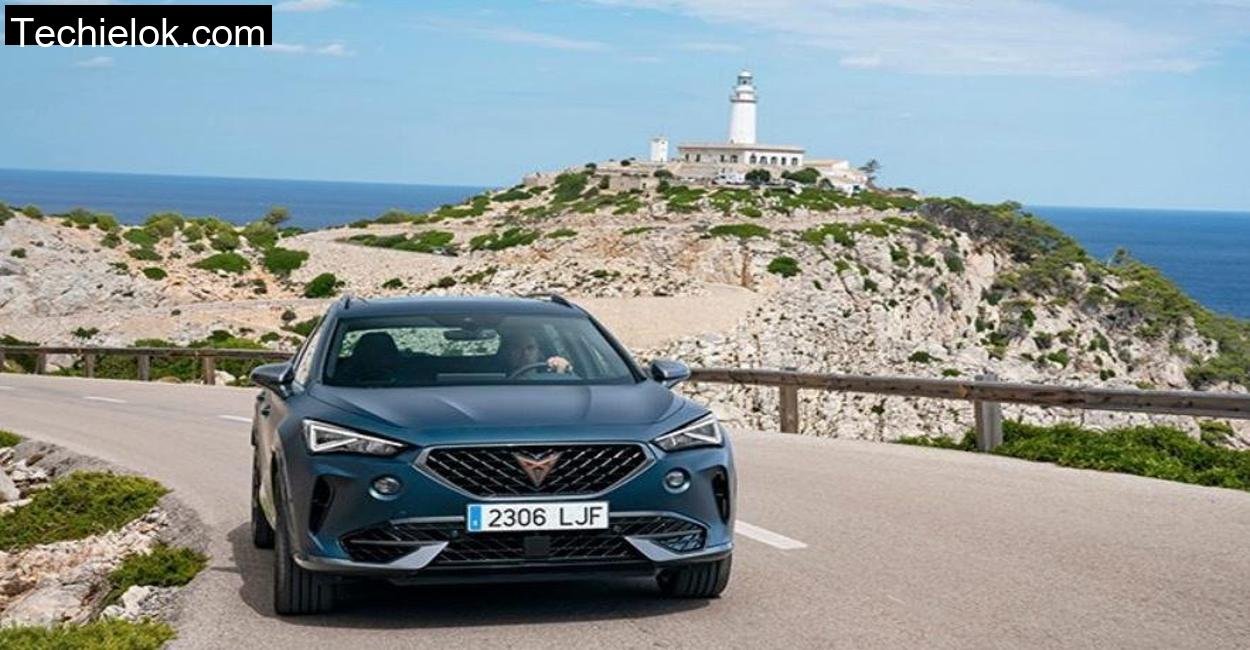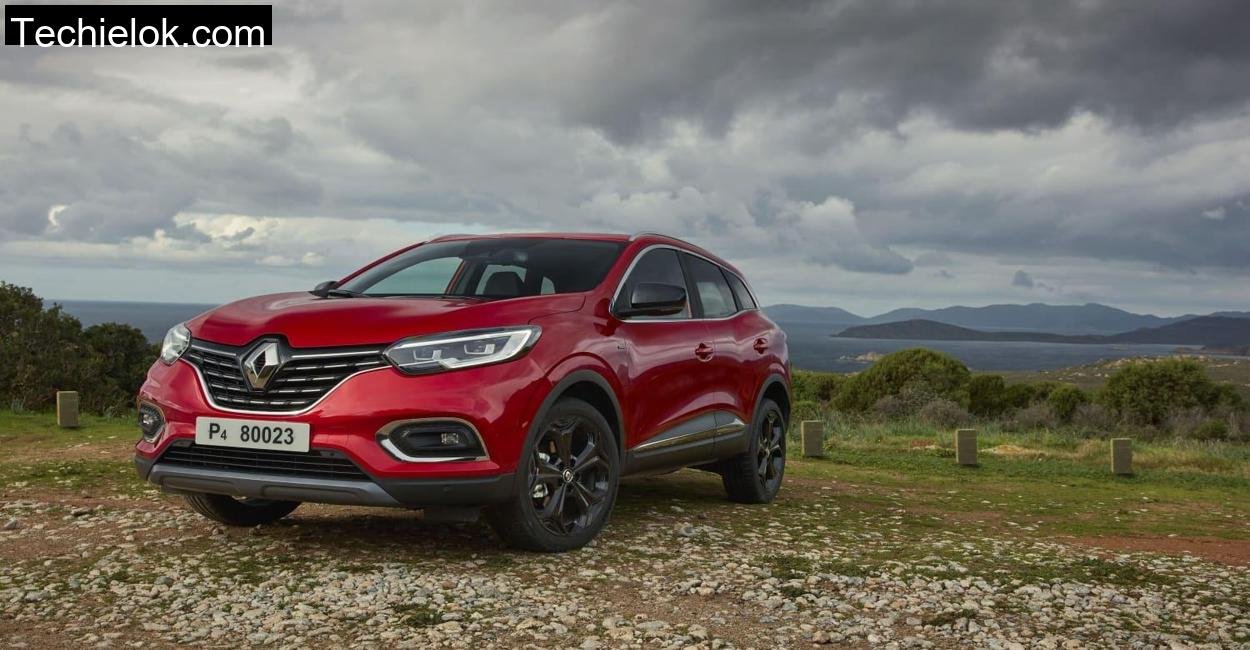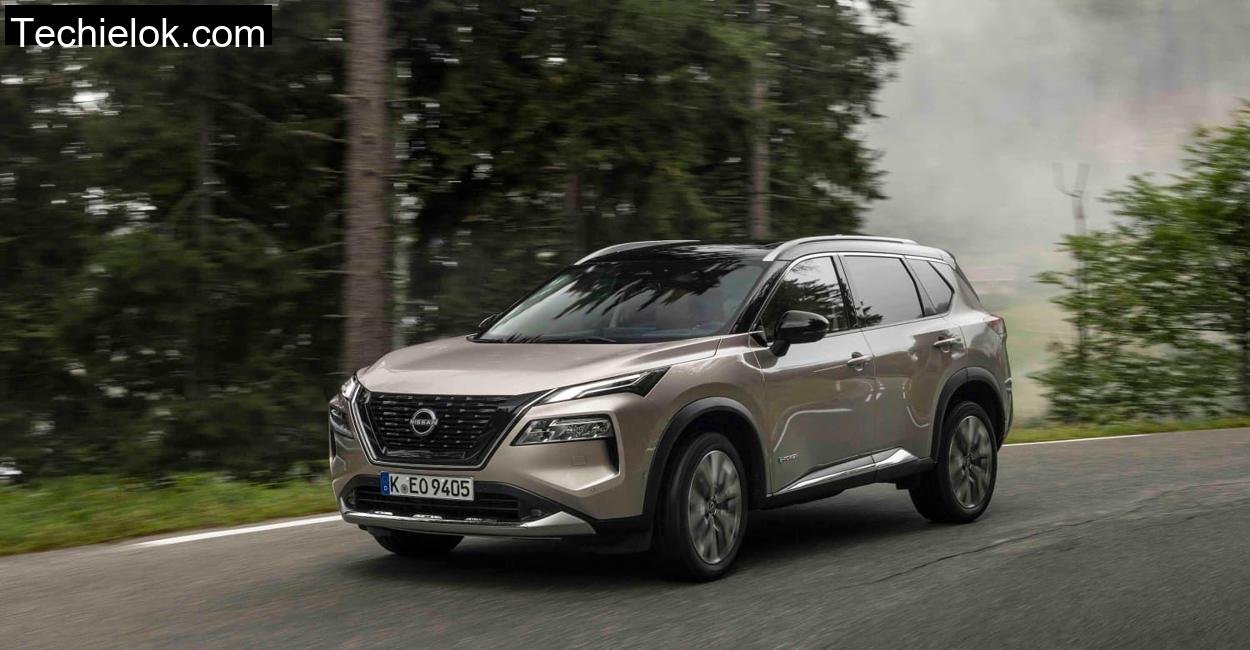If you know the Kellenberg, you know how it rolls , winding B, roads flanked by dense oak trees, hairpins that sneak up without a warning, long downhills begging for engine braking. It’s the kind of terrain that exposes every weakness in a car’s chassis and drivetrain. I’ve driven heavy hitters and nimble underdogs on this stretch of Lower Saxony, but this week, I had something different: the Kia Rio 1.0 T, GDI with 100 horsepower. A car that, until last year, quietly existed in the shadows of the Fiesta, Corsa, and Polo. Now discontinued, the Rio is becoming something of a secret handshake among those who value solid, no, frills motoring.
No fanfare. No drama. Just get in, drive, and let the car prove itself.
And it did. Let me take you through the Kia Rio , not as a brochure would, but as it lived and breathed in the real world of Kellenberg’s climbs, corners, and countryside chaos.
Living With a Turbo Triple: The Heart of the Rio
The Rio’s three, cylinder 1.0, litre turbocharged engine might read like a humble spec on paper, but on the tarmac, it tells a different story. It’s not the kind of motor that sings , it grunts, purrs, and hums with a mechanical honesty that’s rare in modern compact cars.
On the Kellenberg’s steep switchbacks, that 172 Nm of torque kicked in early , around 2000 rpm , giving the car a spirited punch out of the corners. The gear indicator seemed hell, bent on getting me to sixth as quickly as possible, but I found myself working the slick 6, speed manual like an old, school hot hatch enthusiast. The shifts were short, precise, and confidence, inducing.
Climbing the steeper inclines out of Hameln, the Rio held its own in third gear, no wheezing or laggy turbo behavior. And when I asked for a bit more, the engine hesitated for just a breath before pulling through cleanly. That slight pause is a trait common to small turbos, but the Rio never felt outmatched.
The test car was the Spirit trim , arguably the sweet spot before the mild, hybrid 120 hp variant , and though this 100 hp version lacks electric assistance, it never begged for more. It delivered what it promised: responsive mid, range grunt and solid acceleration figures.
Chassis Confidence: Firm, But Not Punishing
The Kellenberg’s backroads can be brutal on a softly sprung setup. The Rio, however, took them on with an unexpected sense of poise. This car rides firm. It doesn’t float, it doesn’t wallow , it communicates. You feel the road texture, the undulations, the weight transfer. But somehow, it never feels harsh.
Over coarse pavement and expansion joints, the Rio kept its composure. On tighter turns, the steering delivered feedback that was clean and direct, even if a little numb at center. The balance was surprisingly neutral. I could carry more speed into corners than I dared at first, especially with the car’s modest weight , just over 1175 kg , helping keep the body in check.
And I’ll admit: there were moments I forgot I was in a budget hatchback. The Rio simply egged me on. There’s a connection here that few modern small cars manage anymore.
Fuel Economy: Sailing Downhill, Literally

On the descents between Kellenberg’s upper ridges, I experimented with lift, off coasting. Kia calls it “sailing,” and though the 100 hp version doesn’t have the full mild, hybrid system, it still decouples the drivetrain and lets the car glide. No resistance. Just silence.
I averaged around 5.9 liters per 100 kilometers, though the official WLTP figure is 5.5 l/100 km. With a light foot and Kellenberg’s downhill favors, I can believe that. Even in spirited driving, the Rio never surged into the sixes, and that alone makes it stand out among small turbos, which often guzzle more than advertised.
Practicality That Makes Sense
Let’s talk real, world use. Trunk space? It’s big enough for a folded gravel bike, my weekend backpack, and a grocery haul. The double floor is clever , lifting it reveals a hidden stash zone that swallowed a pair of muddy trail shoes after a hike. With the rear seats folded, the space stretches wide and flat.
Inside, everything is where you want it. The HVAC controls are tactile, not buried in some laggy touchscreen submenu. The eight, inch infotainment system sits high and is snappy, with Apple CarPlay firing up within seconds. I especially liked the UVO Connect app , before I left home, I plotted my route and pushed it to the car. By the time I fired up the ignition, the Rio was ready to roll.
At highway speeds, it’s calm. Wind noise is controlled, and the engine settles into a distant hum at 3000 rpm in sixth. I wouldn’t hesitate to do long road trips in this thing , it feels mature beyond its price tag.
Cabin Quality and Comfort: Straightforward, Not Spartan

The interior won’t wow you with soft, touch everything, but what’s there is solid. Hard plastics dominate, sure, but panel gaps are tight, and nothing squeaked over rough patches. The silver trim running across the dash adds visual width, and the steering wheel feels chunky in your hands , not like some thin plastic hoop you find in lesser city cars.
The seats held up after hours behind the wheel , side bolsters are modest, but lumbar support is decent. Front headroom was excellent (even with my helmet on after a quick detour to the trail), and rear space is usable for two adults under 6 feet. Three? Best of luck.
Safety Tech: All the Essentials Covered
I wasn’t expecting much here, but the Rio surprised me. My test car had forward collision warning, lane keeping assist, blind spot monitoring, and rear cross, traffic alert. I was particularly impressed with the adaptive cruise control , smooth, precise, and usable even in rural stop, and, go situations.
The analog dials flanking the central screen made it easier to quickly glance at speed and RPM, and thankfully, Kia didn’t go full “touch everything” mode. Physical buttons for key functions remain, and I appreciated that more than I expected.
Technical Specifications: Kia Rio 1.0 T, GDI 100 Spirit
Technical specs are sourced instantly and exclusively from Kia’s official web platform for maximum accuracy.
| Specification | Detail |
| Engine Type | 1.0L 3, cylinder Turbocharged Petrol |
| Power Output | 100 hp @ 4500 rpm |
| Torque | 172 Nm |
| Drivetrain | Front, wheel drive |
| Transmission | 6, speed Manual |
| 0, 100 km/h | 10.4 seconds |
| Top Speed | 188 km/h |
| Combined Fuel Economy (WLTP) | 5.5 l/100 km |
| CO₂ Emissions (WLTP) | 126 g/km |
| Boot Space | 325 , 1103 liters |
| Length x Width x Height | 4,065 mm x 1,725 mm x 1,450 mm |
| Kerb Weight | 1,175 kg |
| Towing Capacity (Braked) | 900 kg |
| Base Price | €20,950 |
| Warranty | 7 years / 150,000 km |
Conclusion: The Rio Bows Out With Dignity
Driving the Kia Rio 1.0 T, GDI through Kellenberg’s challenging roads, I found a car that made sense. A car that wasn’t trying to be more than it is , and succeeded because of it. It’s composed, economical, comfortable, and just fun enough to make you smile on the right road. While the Fiesta and Polo have made more noise in this segment, the Rio slipped by with quiet excellence. Now that it’s gone, I find myself wishing more small cars were built like this.
If you find a used 100 hp Rio Spirit in good shape , take it. Drive it. Use it. You’ll get a car that doesn’t feel like a compromise. It feels like a deliberate choice.
Is the Kia Rio 1.0 T, GDI fun to drive?
Yes, especially on twisty B, roads. The turbocharged engine and direct steering make it more engaging than you’d expect for a small hatchback.
Is the Kia Rio good for long drives?
Absolutely. It’s quiet at cruising speeds, has supportive seats, and doesn’t feel like it’s straining on the autobahn.
How does the Kia Rio compare to the Polo or Fiesta?
It may lack the badge appeal or plushness, but it counters with better value, longer warranty, and simpler usability. It’s the smart choice, especially used.










